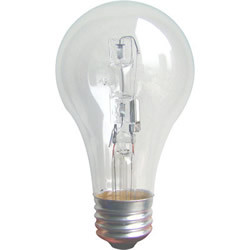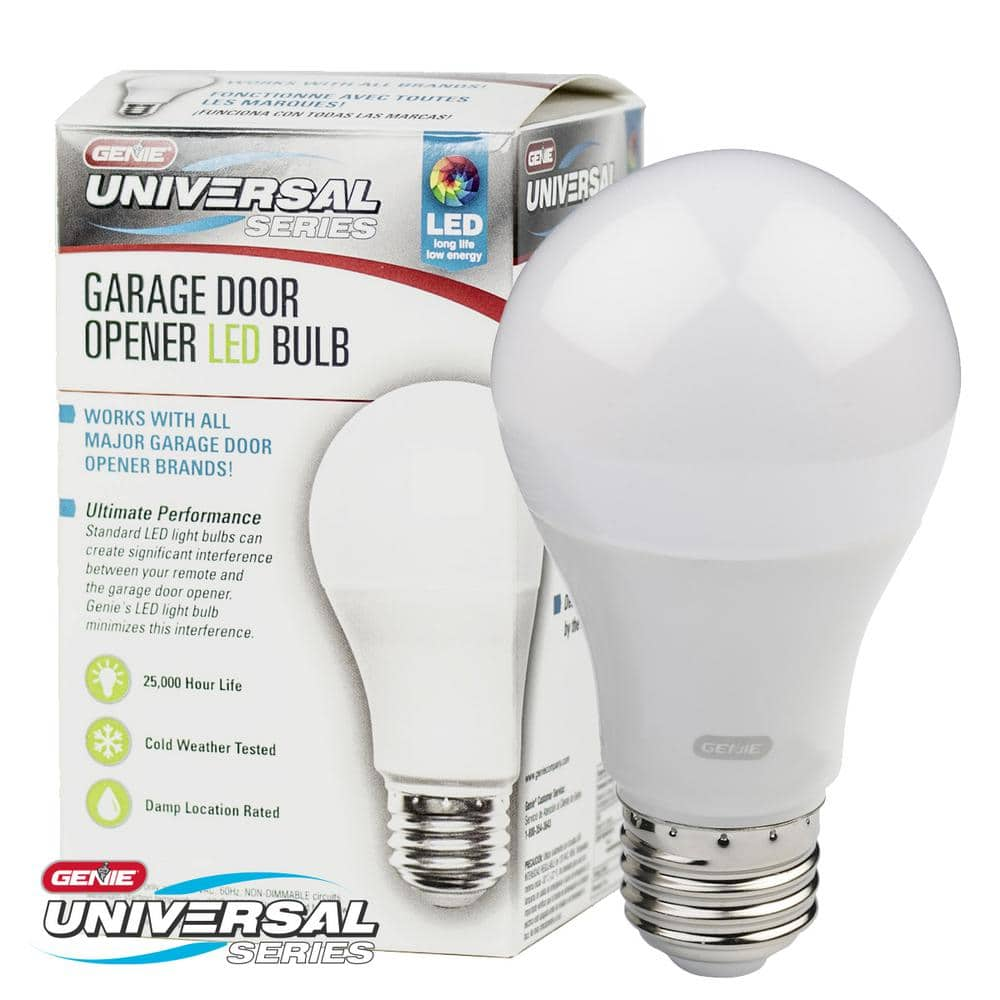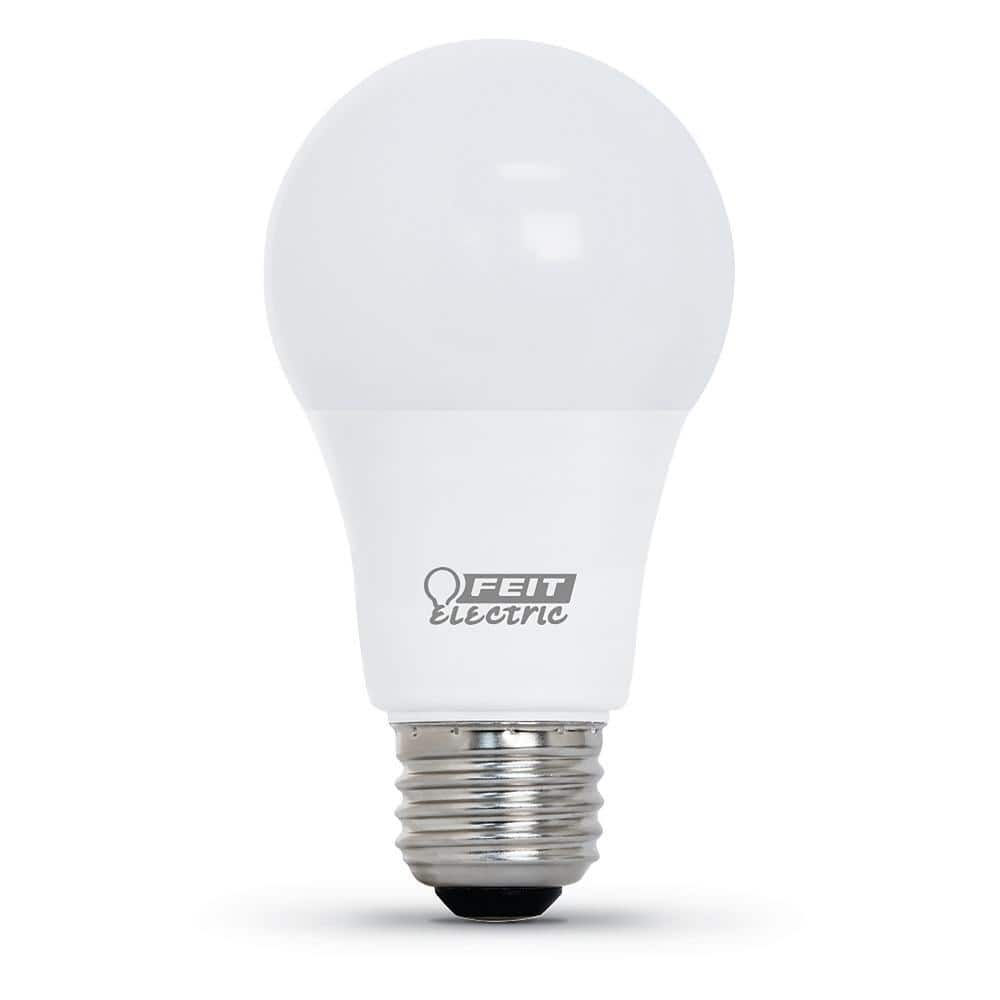fastline
Senior Member
- Location
- midwest usa
- Occupation
- Engineer
Correct, wattage is power, not current... But 60W is 60WWattage of most light bulbs is not a indicator of current draw. While not directly related lamp wattage is usually used to compare relative light output.
Tungsten filaments have a positive temp coefficient, their resistance goes up as they get hotter.







